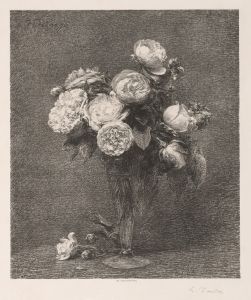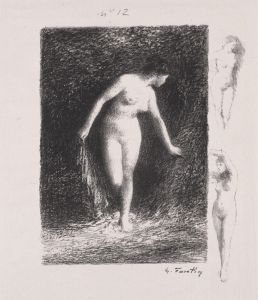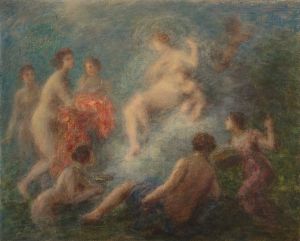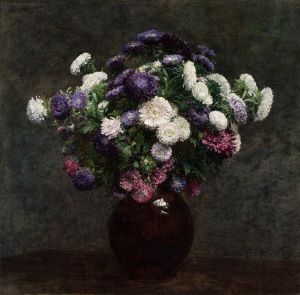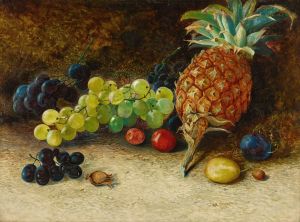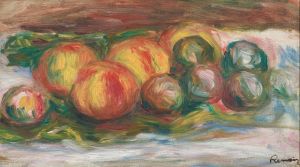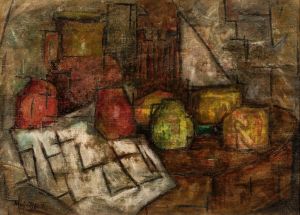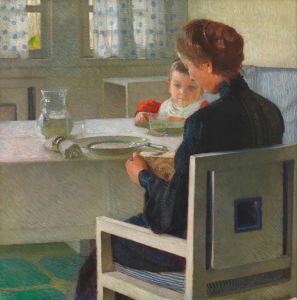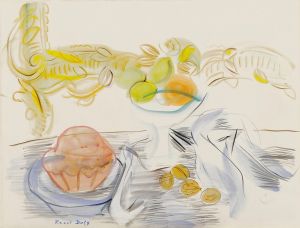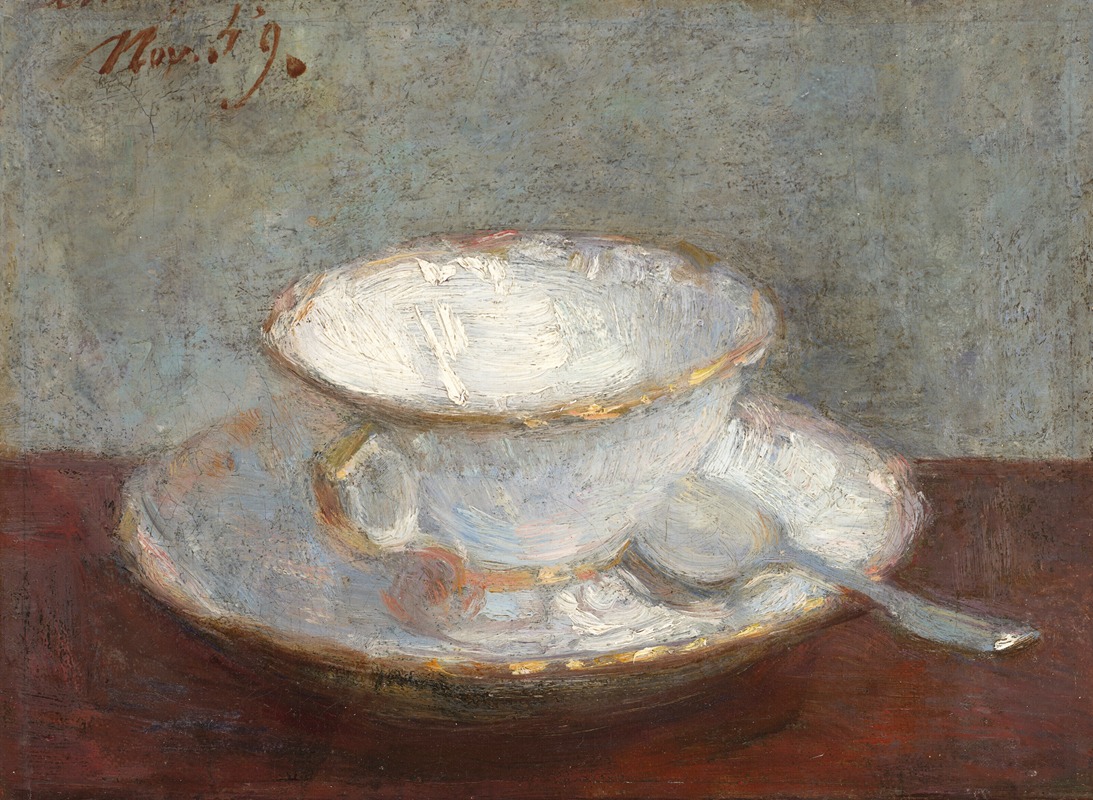
Nature morte à la tasse
A hand-painted replica of Henri Fantin-Latour’s masterpiece Nature morte à la tasse, meticulously crafted by professional artists to capture the true essence of the original. Each piece is created with museum-quality canvas and rare mineral pigments, carefully painted by experienced artists with delicate brushstrokes and rich, layered colors to perfectly recreate the texture of the original artwork. Unlike machine-printed reproductions, this hand-painted version brings the painting to life, infused with the artist’s emotions and skill in every stroke. Whether for personal collection or home decoration, it instantly elevates the artistic atmosphere of any space.
Henri Fantin-Latour, a renowned French painter, is celebrated for his exquisite still life paintings and portraits. One of his notable works is "Nature morte à la tasse" (Still Life with a Cup), which exemplifies his mastery in capturing the delicate interplay of light, texture, and form. Painted in the 19th century, this artwork is a testament to Fantin-Latour's dedication to the still life genre, which was a significant part of his oeuvre.
Fantin-Latour was born on January 14, 1836, in Grenoble, France, and he moved to Paris with his family in 1841. He studied at the École des Beaux-Arts and was influenced by the Old Masters, whose works he meticulously copied at the Louvre. His early exposure to the works of artists like Eugène Delacroix and Gustave Courbet also shaped his artistic development. Despite his connections with the Impressionists, Fantin-Latour maintained a more traditional approach to painting, focusing on realism and precision.
"Nature morte à la tasse" is a quintessential example of Fantin-Latour's still life paintings, which often feature arrangements of flowers, fruit, and everyday objects. In this painting, the composition is carefully balanced, with a cup placed alongside other objects that might include fruits or flowers, though the exact details of the painting's contents are not specified here. The use of light and shadow in the painting highlights the textures and forms of the objects, creating a sense of depth and realism that is characteristic of Fantin-Latour's work.
Fantin-Latour's still lifes are noted for their subtlety and restraint, often eschewing the dramatic flair found in the works of some of his contemporaries. Instead, he focused on the quiet beauty of the objects themselves, capturing their essence with meticulous attention to detail. His palette typically consisted of muted tones, which added to the serene and contemplative quality of his paintings.
Throughout his career, Fantin-Latour received critical acclaim for his still life paintings, which were highly sought after by collectors and art enthusiasts. His works were exhibited at the Paris Salon, where they garnered praise for their technical skill and aesthetic appeal. Despite the changing trends in the art world during his lifetime, Fantin-Latour remained committed to his style, which was rooted in the traditions of realism.
"Nature morte à la tasse" reflects Fantin-Latour's ability to elevate the ordinary to the extraordinary, transforming simple objects into subjects worthy of contemplation. His still lifes invite viewers to appreciate the beauty in everyday life, encouraging a deeper appreciation for the world around them.
Henri Fantin-Latour passed away on August 25, 1904, in Buré, France, leaving behind a legacy of works that continue to be celebrated for their elegance and technical mastery. His still life paintings, including "Nature morte à la tasse," remain an enduring testament to his skill and artistic vision, securing his place as one of the foremost still life painters of the 19th century.







